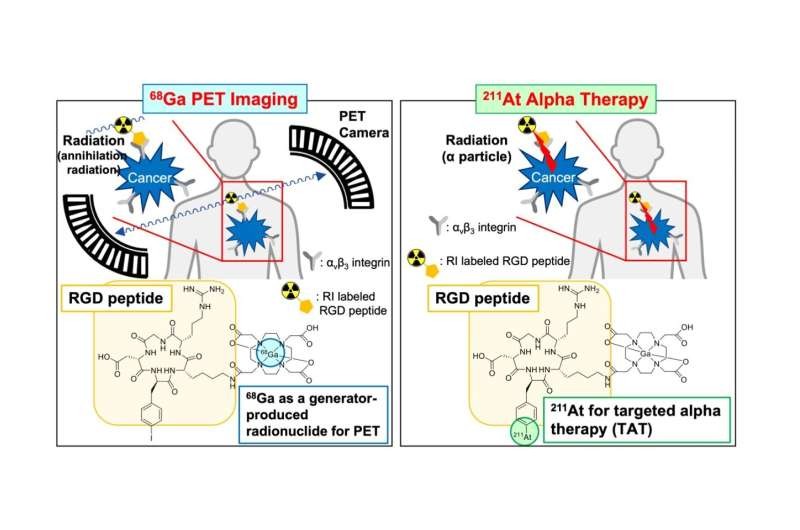Explained Research into the Use of Radiometals to Target Tumors for the Purposes of Diagnostics as well as Therapy
Keywords:
- Diagnostics and Treatment, Computer-controlled System, Machine learning, Radiopharmaceutical
Abstract
Recent research conducted at the Institute of Inorganic Chemistry at Heidelberg University has shown that the creation of radiopharmaceutical tracers that are based on elements such as indium and actinium has a great deal of potential for the development of novel radiopharmaceuticals. The findings obtained from this first investigation will be incorporated into further study with an eye toward potential applications. A biological vector is used in the process of radiopharmaceutical tracing in order to detect sick tissue inside the organism. When the vector, which may be a peptide or an antibody, has been labeled with a radioactive component, it is then given to the patient. This radiative unit will collect at its target, and depending on the element's decay process, the radiation will either make the cancer cells visible or kill them. This will rely on how the radiation is impacted by the target. According to Professor Combat, one of the most significant benefits of this technology is that it can be used to detect individual cells, which in turn makes it possible to treat extremely tiny tumors. Because of the potency of the radioactivity included in these medications, only very low amounts are required in order to detect or eliminate tumors. Picomolar to nanomolar solutions are utilized. In a solution like this, the concentration of radioactive atoms is approximately one million times lower than the concentration of sodium ions in the blood. Professor Combat claims that the practice of labeling biological vectors with radioactive metal ions has a wide variety of applications and justifications.






